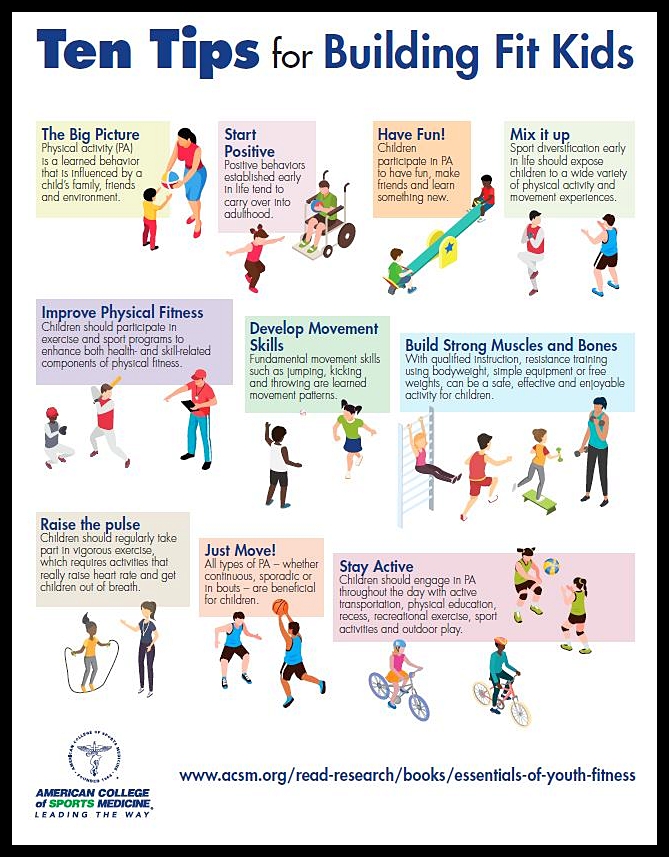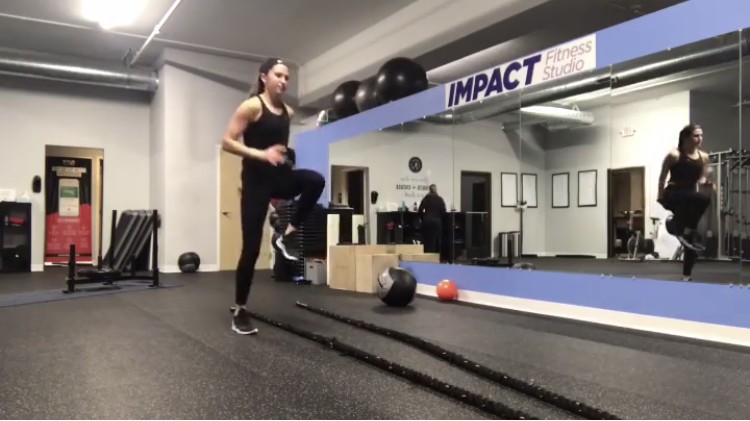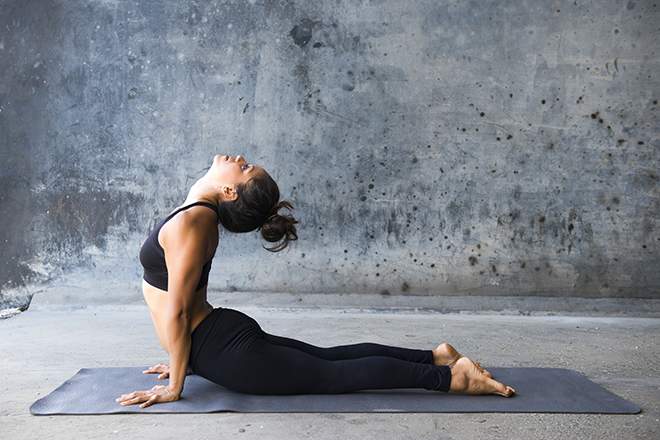
You can't exercise if there isn't a gym nearby. Working remotely or from a hotel can make it difficult for you to find a gym where you can exercise. You might have difficulties adapting to a new environment and making new workout routines. You might feel disconnected from the social interaction and camaraderie that comes with swimming laps with a team. You might also miss the motivation and support of a personal trainer. You don't have to go to a gym to get fit. There are other options, and you can do them in your home.
If you don't have access to a gym, you can still get a good workout. There are many ways to do these exercises. You can get some basic fitness equipment and be creative with your workouts. You can use housework as an excuse to work out or do bodyweight exercises. Experts in fitness suggest that it is not necessary to invest a lot in equipment or spend a lot to get into shape at home.

The internet offers another alternative to working out in a gym. You can easily access a wide variety of free workout videos on the internet and use them to get a good workout. It is also much easier to stick to a routine when you have a group to encourage you. If you don't have access to a gym, it is possible to still exercise and stay fit. Alternatively, you can buy some basic fitness equipment and get creative.
You can even create your own fitness regime in your home and get in shape without going to a gym. First, you can dedicate a certain area of your house to exercise. To make it easier, you can use an elliptical, treadmill, or exercise bike. Whatever your goals, you can create a home workout routine to fit your schedule. If you don't have a gym nearby, you can always set up a designated room and follow the instructions on your video.
Finding time for a regular gym session can be a challenge. It can also be difficult to travel to and from the gym. You can exercise at your own pace, avoid stress and get a workout whenever you like. Online classes are available. You can also learn yoga online. It's never too soon to start exercising. Even if you don't have access to a gym, simple yoga or Pilates can make a huge difference in your overall health and well-being.

It is possible to exercise at home by avoiding the gym. It is not necessary to sign up for a gym membership. Exercises that don't require a lot of equipment can be done at home. Try a seven-move no-equipment workout at home. This workout includes leg raises, push-ups, mountain climbers, and push-ups. These exercises can help you build muscle and burn fat at home.
FAQ
Why does weight change as we age?
How can you tell if your bodyweight has changed?
Weight loss happens when there is less muscle mass and more fat. This means that you must consume more calories than you use daily. Reduced activity is the leading cause of weight gain. You can also lose weight due to stress, illness, pregnancy, hormonal imbalances and certain medications. If there is more body fat than muscle mass, then weight gain can occur. It occurs when people consume more calories each day than they use. It can be caused by overeating or increased physical activity as well hormonal changes.
We eat less calories than we burn, which is the main reason our bodies lose weight. When we exercise regularly, we increase our metabolism rate which burns off more calories throughout the day. This doesn't necessarily mean we will lose weight. What matters is whether we are losing fat or building muscle. If we are burning more calories than what we eat, then we will lose weight. But if we're consuming more calories than we're burning, then we're actually storing them as fat.
As we age we tend to be slower in moving and thus we don't move nearly as much. We also tend not to eat as much food as we used to when we were younger. We tend to gain weight. On the flip side, we tend to have more muscle mass so we look bigger than we really are.
Without regularly weighing yourself, it is impossible to gauge how much weight you have lost. There are many ways you can measure your weight. You can check your waist size, your hips, your thighs, your arms, etc. Some prefer to use bathroom scales, while others prefer tape measures.
For a better track of your progress, try to weigh yourself once per week and measure your waistline once every month. You can also take pictures of yourself every few months to see how far you've come.
Online measurements of your height and weight can help you determine your body mass. You'd likely weigh 180 pounds if you were 5'10 tall and 180 pounds if you were 180lbs.
What is the difference between calories and kilocalories in food?
Calories refer to units that are used for measuring the energy in food. Calories are a unit of measurement. One calorie contains the energy needed to raise the temperature of one gram of water by one degree Celsius.
Kilocalories is another name for calories. Kilocalories can be measured in thousandsths of one calorie. 1000 calories equals 1 kilocalorie.
How can I lower my blood pressure
You must first determine the cause of high blood pressure. Next, take steps that will reduce the risk. This could mean eating less salt, losing some weight, taking medication, and so on.
It is important to ensure that you get enough exercise. If you don’t have enough time to exercise regularly, consider walking more often.
A gym membership is a good idea if you don't like how much exercise your doing. A gym that has other members who are motivated by your goals will be a good choice. You will find it easier to keep to a workout schedule if you have someone to watch you at the gym.
Exercise: Good and bad for immunity?
Exercise is good for your immune system. Your body makes white blood cells that fight infections when you exercise. Your body also removes toxins. Exercise helps to prevent heart disease and cancer. Exercise also helps to reduce stress levels.
However, overtraining can damage your immune system. When you exercise too hard, your muscles will become sore. This can cause inflammation and swelling. Your body will then produce more antibodies in order to fight infections. Problem is, extra antibodies can trigger allergies and other autoimmune conditions.
So, don't overdo it!
Statistics
- Extra virgin olive oil may benefit heart health, as people who consume it have a lower risk for dying from heart attacks and strokes according to some evidence (57Trusted Source (healthline.com)
- WHO recommends consuming less than 5% of total energy intake for additional health benefits. (who.int)
- In both adults and children, the intake of free sugars should be reduced to less than 10% of total energy intake. (who.int)
- According to the Physical Activity Guidelines for Americans, we should strive for at least 150 minutes of moderate intensity activity each week (54Trusted Source Smoking, harmful use of drugs, and alcohol abuse can all seriously negatively affect your health. (healthline.com)
External Links
How To
What does the meaning of "vitamin?"
Vitamins are organic compounds that can be found in foods. Vitamins are essential for our bodies to absorb nutrients from the foods we eat. Vitamins are not made by the body, so they must be obtained through food.
There are two types: water-soluble and fat-soluble vitamins. Water-soluble vitamins dissolve quickly in water. Examples include vitamin C,B1 (thiamine), B2 (riboflavin), B3 (niacin), B6 (pyridoxine), folic acid, biotin, pantothenic acid, and choline. Fat-soluble vitamins can be stored in the liver or in fatty tissue. Vitamin D, E, K and A are some examples.
Vitamins can be classified according to biological activity. There are eight major types of vitamins:
-
A - Essential for healthy growth and health maintenance.
-
C - vital for proper nerve function, and energy production.
-
D – Essential for healthy teeth, bones and joints
-
E is required for good vision and reproduction.
-
K - Essential for healthy muscles and nerves.
-
P - Vital for strong bones and teeth.
-
Q - Aids digestion and iron absorption
-
R - Required for red blood cell production
The recommended daily intake (RDA), of vitamins varies with age, gender and physical condition. The U.S. Food and Drug Administration, (FDA), sets the RDA value.
For example, the RDA for vitamin A is 400 micrograms per dayfor adults 19 years or older. Pregnant mothers need 600 micrograms per days because it is vital for the development and growth of their baby. Children ages 1-8 require 900 micrograms per day. Babies under one-year old require 700 mg per day. Between 9 and 12 years of age, however, this drops to 500 mg per day.
Children ages 1-18years who are obese need 800 micrograms per day while those who are overweight need 1000 micrograms per day and children who are underweight need 1200 micrograms per day to meet their nutritional needs.
Children aged 4-8 years old who have been diagnosed as having anemia require 2200 micrograms of vitamin C per day.
2000 micrograms per person is necessary for general health. Because of their higher nutrient needs, women who are pregnant or nursing need 3000 mg per day.
1500 micrograms are required daily by adults over 70 because they lose approximately 10% of their muscle each decade.
Women who are pregnant, nursing or breastfeeding need more than the RDA. Pregnant women need 4000 micrograms per dayduring pregnancy and 2500 micrograms per day after delivery. Breastfeeding moms need 5000 micrograms each day when breastmilk production occurs.